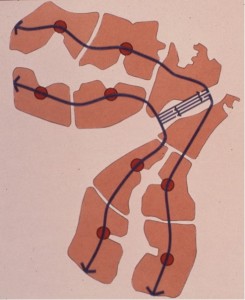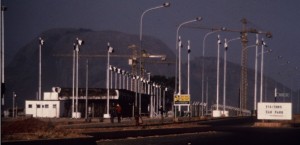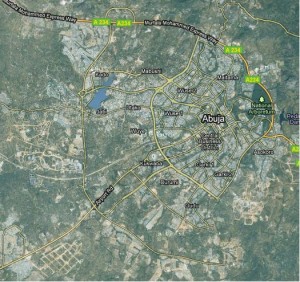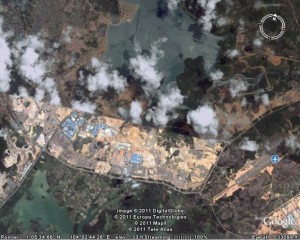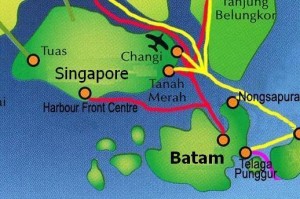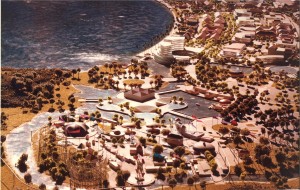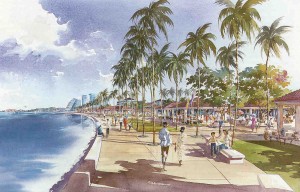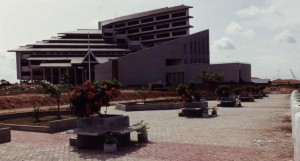As a child fascinated by tales of exploration and archeology of the artifacts of Egyptian, Greek, Roman, and Incan civilizations, I built models of balsa-wood and modeling clay to recreate in my room the temples and fortresses pictured in my books. I channeled my university studies toward building things, the bigger the better, I thought, as my training progressed. In graduate school I encountered Albert O. Hirschman, a Harvard economist whose seminal book introduced me to the ideas of social overhead capital—the etymological precursor of what we mean today by economic or societal infrastructure—and its essential role in economic development. (1958, The Strategy of Economic Development, New Haven: Yale University Press) I wrote a doctoral dissertation on “systems of constructed facilities,†and from there moved on to planning and design of new cities, airports, highways, and investment policy. I guess it is fair to say I have been interested in infrastructure for a while, and maybe a wonk on the subject.
In any case, I was excited by the opportunity in 1992 to work with a National Research Council committee seeking to gain an understanding of what might be done to address the problems underlying the nation’s increasingly distressing instances of infrastructure inadequacy, failure, collapse, and destruction. The group spent more than a year talking to people from cities around the country and extracting from their experience a set of three broad principles for acting locally to address what were agreed to be national and even global problems. (The committee’s report was published as In Our Own Backyard: Principles for Effective Improvement of the Nation’s Infrastructure, 1993; Washington, DC: National Academies Press)
The principles themselves are fairly straightforward, albeit cryptic: (1) Geography matters. (2) The paradigm is broadening. (3) Value the “public†in public works.
My interpretation has perhaps shifted in the years since we wrote the report. First, infrastructure should be tailored to the specific physical, environmental, social, and economic characteristics of the area to be served. However, these various characteristics are connected in complex ways that make the tailoring difficult, and we need good data to achieve a good fit.  Second, all infrastructure has to be understood as providing multiple services, having not just a single function.  Thinking that our highways simply let us move from place to place and water systems only provide a clean supply when we turn the tap is—pardon the possible pun—tunnel vision; we need to broaden our perspectives in funding, designing, and operating each piece of infrastructure and address the system the pieces comprise. Third, the public is a part of the infrastructure, not simply a customer, investor, or impediment. We as a society and our infrastructure are engaged in an evolving dialogue; the better we understand our role in that evolution, the more likely it is that future generations will appreciate the legacy of our infrastructure investment.
Two decades later, I think these principles are still relevant and important. They are also, unfortunately, no more representative of current practice than they were when written.
(A footnote: In the course of earlier work for the National Research Council, I found that the word “infrastructure†itself was hardly used at all before 1980. (For example, see Infrastructure for the 21st Century: Framework for a Research Agenda, 1987.) Typing it into Google’s search field today returns some 270 million hits. “Social overhead capital,†has not caught on with the Internet public, showing up not quite 8.1 million times. “Principles of infrastructure†returns some 1.82 million hits. Narrowing down to “principles of economic infrastructure†yields 315,000; replace “economic†with “societal†and you drop to just over 9,000.  For comparison, “ten commandments†gets 4.4 million hits and “principles to live by” 820,000!)


